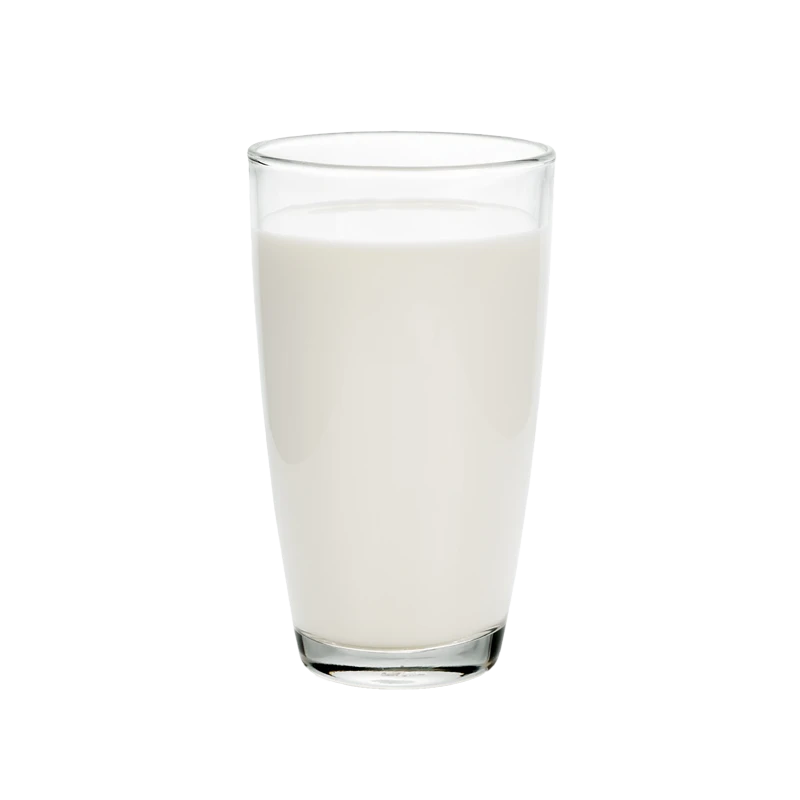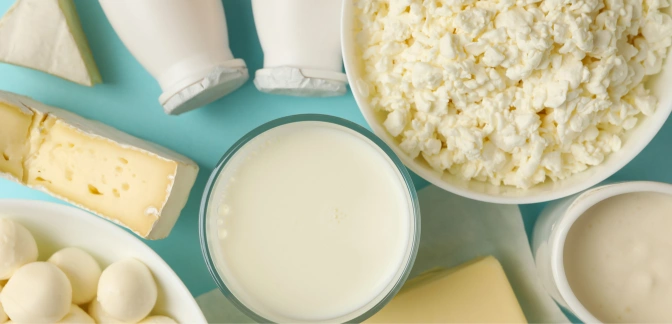Kefir — Nutrients, Health Benefits, And Shopping Tips

Written by Listonic Team
Last update on September 4, 2024
Nutrition facts
Nutrition facts
Amount per 100 g
Calories
🔥 55 kcal
| Nutrition per: 100 g | Value | % Daily Value* |
|---|---|---|
| Carbs | 5 g | 1.82% |
| Fiber | 0 g | - |
| Sugars | 5 g | 10% |
| Glycemic Index | 15 | - |
| Protein | 3 g | 6% |
| Sodium | 50 mg | 2.17% |
| Total Fat | 2 g | 2.56% |
*The % of Daily Value (DV) tells you how much a nutrient in a serving of food contributes to a daily diet. 2,000 calories a day is used for general nutrition advice.
15
🟢 Low Glycemic Index
2 g
🥕 Low Fat Content
Did you know?
Health benefits
- Rich in probiotics, supporting gut health by promoting a healthy balance of gut bacteria.
- High in protein, essential for muscle growth, repair, and overall body function.
- Contains essential vitamins and minerals such as calcium, Vitamin D, and B vitamins, which support bone health, immune function, and overall well-being.
- May improve lactose digestion due to the presence of beneficial bacteria that help break down lactose.
Health risks
- Potential for lactose intolerance symptoms such as bloating, gas, or diarrhea in individuals sensitive to dairy products, though kefir is often lower in lactose than regular milk.
- High calorie content particularly in flavored or sweetened varieties, which can contribute to weight gain if consumed in large quantities.
- Potential for allergic reactions in individuals allergic to dairy or specific strains of bacteria used in kefir fermentation, causing symptoms like itching, swelling, or difficulty breathing.
- Risk of contamination with harmful bacteria if kefir is not properly stored or if homemade under unsanitary conditions.
How to choose kefir
Kefir should be creamy with a slightly tangy flavor that is characteristic of fermented milk products. It should be smooth and pour easily. The consistency should be even, without separation.
Do not use kefir that has an off smell or a grainy texture, as these can indicate it is no longer fresh. Quality kefir will offer a probiotic-rich, refreshing drink that aids digestion and boosts overall health.

How to store kefir
Kefir needs to be refrigerated to maintain its probiotic benefits. Storing it in its original container or an airtight bottle keeps it fresh and tangy. Properly stored, kefir remains a healthy and refreshing drink.
Exposure to warm temperatures can cause kefir to over-ferment, altering its taste and texture. It's crucial to keep it away from heat sources. Ensuring consistent refrigeration helps preserve its beneficial properties and flavor, making it safe to consume.
✅ Extra Tip
How long does it last?
Kefir can last for 1-2 weeks in the refrigerator. Always check the expiration date on the packaging for the best quality. For longer storage, kefir can be frozen for up to 1-2 months.
What to do with leftovers?
Leftover kefir can be used in a variety of sweet and savory dishes. Use it as a base for smoothies, blending it with fresh or frozen fruits for a tangy, probiotic-rich drink. Kefir is also great when mixed into salad dressings, where its tangy flavor adds depth to vinaigrettes or creamy dressings.
Use kefir as a substitute for buttermilk in baking, where it can add moisture and a slight tang to pancakes, muffins, or cakes. If you have a lot of kefir, consider using it to make homemade cheese or yogurt, or mix it into a marinade for chicken or pork, where its acidity helps tenderize the meat. Kefir can also be used as a base for a cold soup, blended with cucumbers, herbs, and garlic for a refreshing summer dish. For a quick and healthy snack, enjoy kefir on its own, or mix it with honey and granola for a nutritious breakfast.
👨⚕️️ Medical disclaimer
Discover products from other categories
Listonic Team
Fact-checked
Our editorial team checked this article to make sure it was accurate at the time of publishing it.
Get the top-rated shopping list app on your phone!







